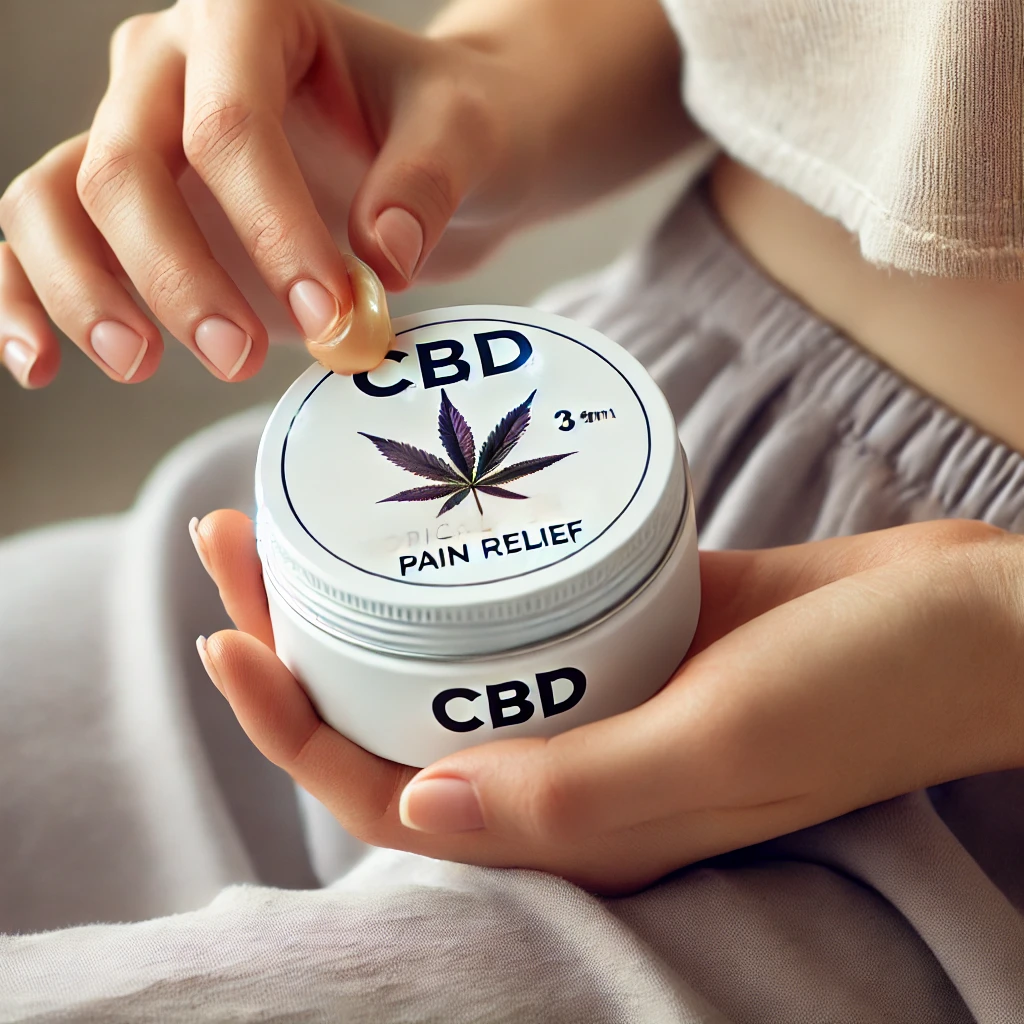Cannabis And Pain
Managing Endometriosis Pain with Marijuana: A Promising Solution
Endometriosis is a chronic condition where tissue similar to the lining inside the uterus grows outside it, leading to severe pain, inflammation, and other symptoms. For many women, traditional pain management methods fall short, driving interest in alternative treatments like marijuana, particularly cannabidiol (CBD). This natural compound has shown promise in helping to manage the pain and discomfort associated with endometriosis.

How Marijuana, Especially CBD, Helps in Pain Management
CBD, a non-psychoactive compound found in marijuana, interacts with the body’s endocannabinoid system (ECS), which plays a crucial role in regulating pain, immune response, and inflammation. Research suggests that CBD may reduce pain and inflammation by inhibiting the release of pro-inflammatory cytokines and modulating pain signals. This makes it a potential alternative for managing endometriosis pain without the intoxicating effects associated with THC, the psychoactive component of marijuana.
Methods of Administration: Topicals and Oral Ingestion
When it comes to using marijuana for endometriosis pain, there are several methods of administration, each with its own benefits and considerations.
1. Topical Applications:
CBD-infused creams, balms, and patches are applied directly to the skin over the painful areas. This method allows the CBD to target localized pain and inflammation without entering the bloodstream, reducing the likelihood of systemic side effects. For example, applying a CBD balm to the lower abdomen can help alleviate cramps and muscle spasms associated with endometriosis.
2. Oral Ingestion:
CBD oil, capsules, and edibles are common oral ingestion methods. This approach provides systemic relief as the CBD is absorbed through the digestive system and enters the bloodstream, helping manage widespread pain. However, oral ingestion might take longer to take effect compared to topicals, as it needs to pass through the digestive tract. An example would be taking a CBD capsule in the morning to help manage pain throughout the day.
Potential Side Effects While CBD is generally well-tolerated, it can have side effects. These may include:
– Mood Swings: Some users report mood changes, ranging from irritability to anxiety, though these effects are typically mild.
Drowsiness:
CBD may cause drowsiness or fatigue, particularly in higher doses, making it important to adjust the dosage based on individual response.
Dry Mouth:
A common side effect of marijuana use, dry mouth can be managed by staying hydrated and using sugar-free gum or lozenges.
Digestive Issues:
Oral ingestion can sometimes cause digestive discomfort, such as nausea or diarrhea, particularly when starting a new regimen.
A Potential Solution Worth ConsideringWhile more research is needed to fully understand the long-term effects of using marijuana for endometriosis, current evidence suggests that CBD could be a promising option for managing pain. By choosing the right administration method and being mindful of potential side effects, individuals can find relief and improve their quality of life. As with any treatment, it’s essential to consult with a healthcare provider to determine the best approach for your specific needs.Marijuana, particularly CBD, offers a natural, potentially effective way to manage endometriosis pain, providing a new avenue of hope for those who struggle with this debilitating condition.